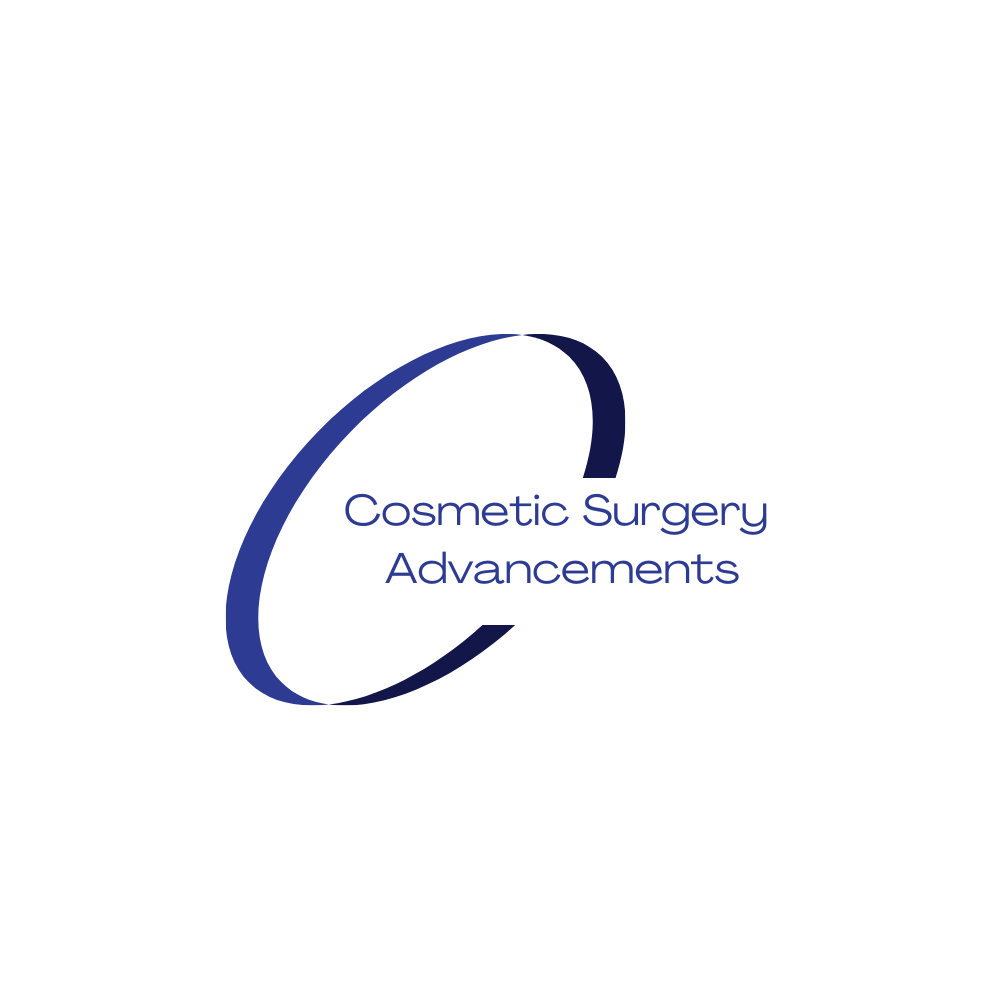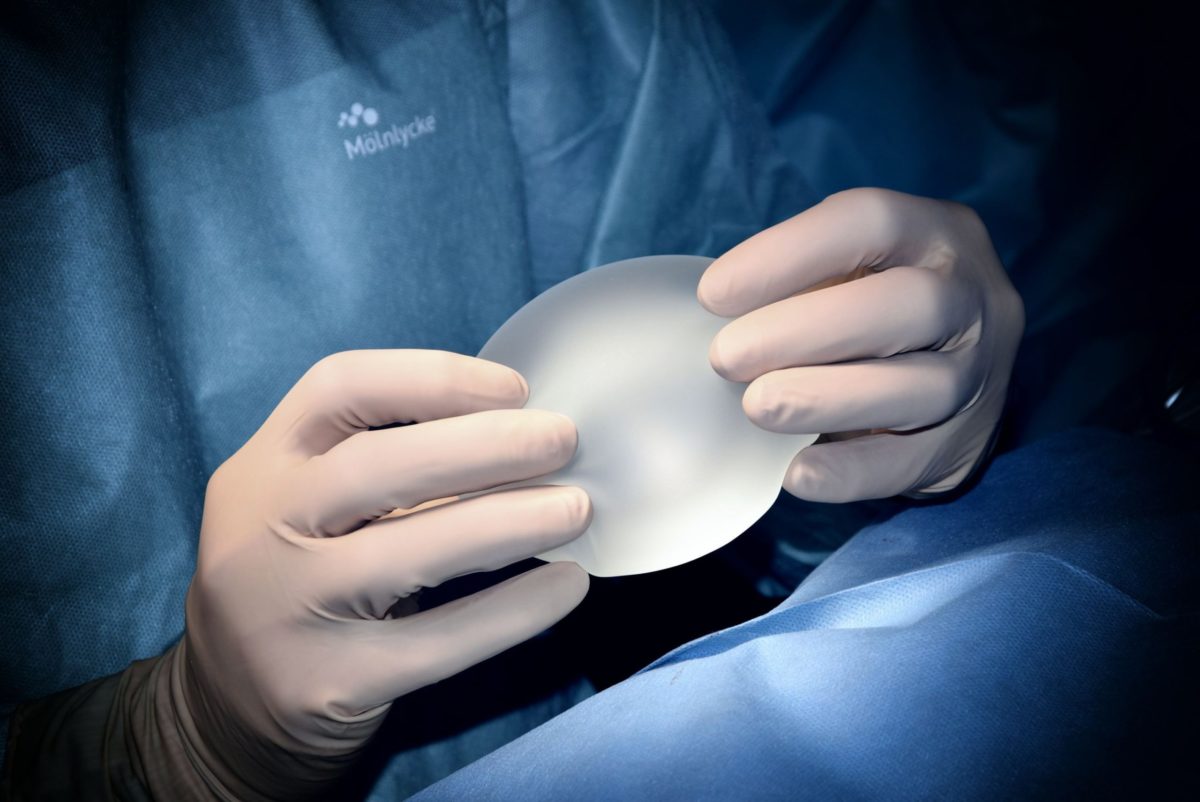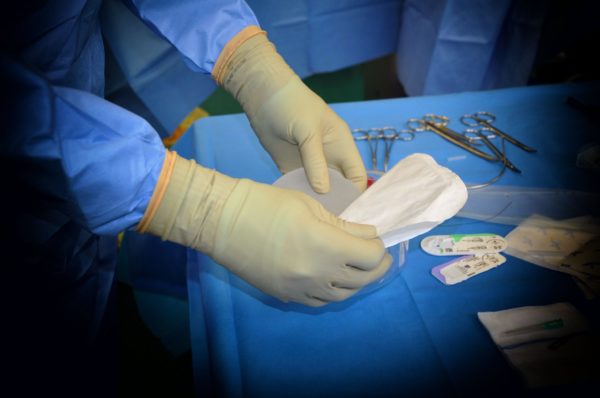The use of dermal fillers in plastic surgery procedures has progressed significantly. More recently the new generation of dermal fillers are not only used to fill deep lines and wrinkles, but they are also utilised to reshape facial features, including the nose, cheeks, chin and jawline. To reduce discomfort normally a topical anaesthetic is used or you may opt to have local anaesthesia injected to completely numb the area prior to having dermal fillers injected. Most fillers will leave a small degree of redness and swelling and occasionally bruising may occur. For optimal results and to prevent infection it is essential you carefully follow your practitioner’s instructions, prior to and after having dermal fillers.
Types and uses of dermal fillers
Calcium hydroxylapatite – common brand, Radiesse
- Calcium hydroxylapatite is contained in bones
- Skin testing is not required
- Used to fill deep lines and creases including the nasolabial folds
- Enhance cheeks, chins and jawline
- Lasts between 12 and 18 months
Calcium hydroxylapatite filler will not move from where it is initially injected and has a high safety record with low risks of complications. This filler has also been utilised to create volume in HIV-positive individuals that have experienced facial wasting.
Hyaluronic acid – common brands include,Juvederm, Perlane and Restylane
- Hyaluronic acid is contained in soft connective tissues and skin tissue
- Skin testing is not required
- Used to plump up skin, reduce deep lines and creases including the nasolabial folds
- Smooth out depressed scars
- Define and shape the edges of lips
- Lasts between 6 to 18 months
Hyaluronic acid is considered extremely safe, with very few associated complications.
Collagen-based – common brands include, Zyderm, Zyplast, Fibrel and Cosmoderm
- Collagen-based fillers can be made from natural and synthetic collagen
- Skin testing is required
- Used to plump up the skin, reduce deep lines and creases including the nasolabial folds
- Smooth out depressed scars
- Define and shape the edges of lips
- Enhance lips – normally is required every 3 months
- Lasts up to 5 years
Collagen-based fillers can contain bovine collagen and have a higher chance of adverse effects than many of the other fillers available. However, they are popular due to the length of time they can last.
Polylactic acid – common brand, Sculptra
- Polylactic acid is synthetic, non-toxic and biodegradable
- Skin testing
- Used to plump up skin, reduce deep lines and creases including the nasolabial folds
- Enhance lips
- Lasts up to 2 years
Polylactic acid stimulates your body to create collagen where it is injected over. Treatments are normally repeated monthly for approximately three months and results become apparent over approximately four to six weeks.
Polymethyl-methacrylate microspheres (PMMA) – common brand, Bellafill
- PMMA is synthetic and biocompatible
- Skin testing required
- Used to reduce deep lines and creases including the nasolabial folds
- Smooth out depressed scars
- Enhance lips
- Semi-permanent
PMMA offers a semi-permanent result and normally requires multiple injections, with the final result taking approximately three months. This filler must be injected using specific techniques to avoid it being noticeable or causing lumps and ridges beneath the skin.
Polyalkylimide – common brand,Aquamid
Polyalkylimide causes a thin layer of collagen to form around where it is injected over approximately four weeks. Volume can be enhanced significantly after one injection and Polyalkylimide has the advantage of being removable if too much volume is created. However, complications can arise years after injection and the filler can also migrate. This filler has also been utilised to create volume in HIV-positive individuals that have experienced facial wasting.
Silicone – silicone oil
Silicone oil is only authorised for use for specific intraocular ophthalmic (inside the eye) treatments in both the UK and the USA. There are some European countries who permit the use of silicone as a dermal filler for aesthetic purposes, however there is a risk of migration years after being injected. Silicone filler also has a high associated risk of causing ongoing pain, inflammation and recurring infection.
Complications and risks of dermal fillers
Minor
- Allergic reaction
- Skin pigmentation changes or erythema (skin reddens)
- Tyndall effect causing a bluish tinge to the skin
- Uneven skin surface with noticeable lumps, ridges and granulomas
- Skin rashes
- Swelling and bruising
- Mild bleeding
- Local edema (fluid build-up)
- Infection
Rare
- Reduced vision and blindness
- A severe infection or bleeding
- Death of skin cells (necrosis)
- Scarring
Practitioner Qualifications
All fillers have the potential to cause complications and optimal results are most likely when they are used by a qualified plastic surgeon. In the UK there are no formal requirements for practitioners to use dermal fillers and there are numerous organisations that offer training to anyone willing to pay them. At an absolute minimum, I believe dermal fillers should not be administered by anyone who has not received surgical training.




